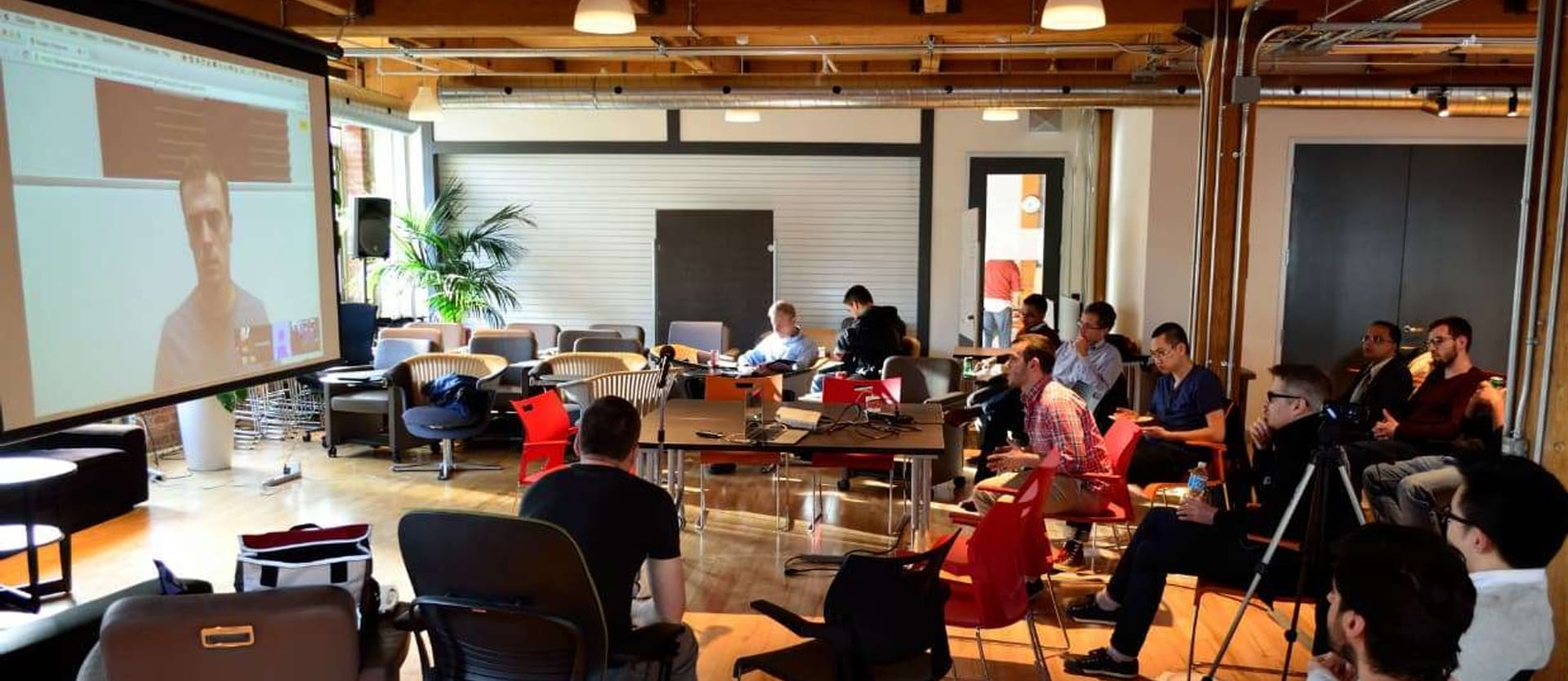Over the last decade, agile project management methodologies have become a generally accepted standard. As of 2015, 91 percent of companies, represented by respondents of the Hewlett-Packard Development Company, L.P survey, have been practicing at least some agile methods.
At the same time, we can see a global shift to remote work and distributed teams taking place worldwide. For instance, based on the survey by Dell, 77 percent of organizations have seen an increase in the number of remote workers last year. Moreover, 83 percent of them expect the numbers to grow again in 2016. Many leading technology companies have distributed teams, e.g. Basecamp (formerly known as 37Signals), Automattic (the team behind the WordPress.com), GitHub, Shopify and Transferwise.
These two trends might seem inconsequential at first. One of the twelve principles behind the Agile Manifesto declares face-to-face communication to be “the most efficient and effective method of conveying information to and within a development team”. However, the advance of technical capabilities allows for an optimal combination of agile practices and benefits of distributed team.
In fact, the latest State of Agile survey by VersionOne Inc. showed that more than 82 percent of the respondents had at least some distributed teams practicing agile within their organizations. To future-proof your business, tailor your agile processes to the challenges of remote work with these 4 principles.
Core Principles to Follow
-
Set up Efficient Сommunication and Collaboration Process
-
Have the Roles and Leadership Clearly Defined
-
Apply Common Engineering Standards and Practices
-
Keep the Project Documentation and Artifacts Updated

